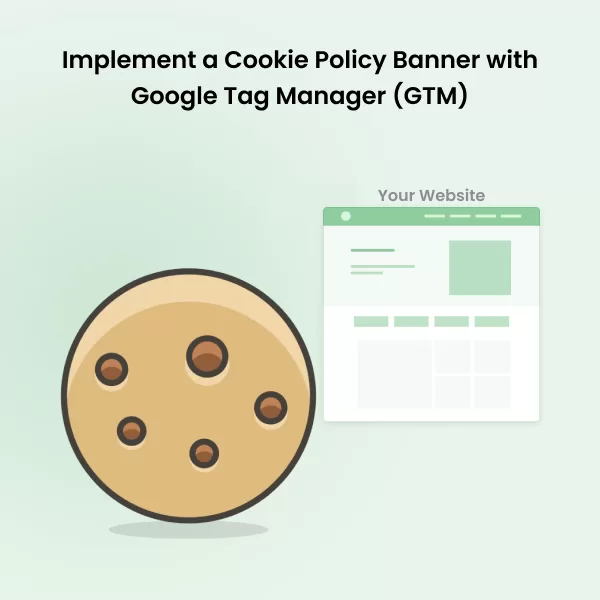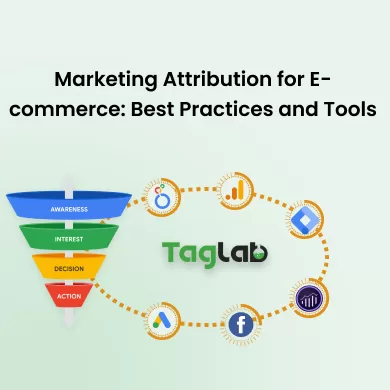Your cart is currently empty!
Content Conversion Rate Metric Definition
Posted by:
|
On:
|
Content Conversion Rate is a key performance indicator (KPI) that measures the percentage of users who take a desired action after interacting with a piece of content. This metric is crucial for understanding the effectiveness of content in driving specific outcomes, such as signing up for a newsletter, downloading a resource, or making a purchase.
Detailed Explanation
What is Content Conversion Rate?
Content Conversion Rate refers to the percentage of users who complete a desired action, such as filling out a form, making a purchase, or signing up for a service, after engaging with content. It is calculated by dividing the number of conversions by the total number of users who interacted with the content, then multiplying by 100 to express it as a percentage. A higher conversion rate indicates that the content is effectively driving the intended action.
How it Works?
Tracking Content Conversion Rate involves monitoring the number of users who take a specific action after engaging with content, such as a blog post, video, or email. For example, if 1,000 people view a landing page and 50 of them sign up for a newsletter, the Content Conversion Rate would be (50 ÷ 1,000) x 100 = 5%. This metric helps businesses assess how well their content is performing in achieving key objectives.
Types of Content Conversion Rates
- Overall Conversion Rate: The average conversion rate across all content and platforms.
- Platform-Specific Conversion Rate: The conversion rate segmented by different platforms, such as website, email, or social media.
- Content-Type Specific Conversion Rate: The conversion rate for specific types of content, such as blog posts, videos, or landing pages.
- Campaign-Specific Conversion Rate: The conversion rate generated from specific marketing campaigns or content strategies.
Illustrative Scenarios
Examples
- If a landing page receives 2,000 visitors and 100 of them fill out a form, the Content Conversion Rate is 5%.
- If an email is sent to 5,000 recipients and 250 click through to make a purchase, the Content Conversion Rate is 5%.
Segmentation
Analyzing Content Conversion Rates by different segments (e.g., by platform, content type, or campaign) can provide deeper insights into which strategies are most effective. For example, comparing conversion rates across different content types can help identify which formats are most successful at driving conversions.
Factors Influencing Content Conversion Rate
- Content Relevance: Content that is highly relevant to the audience’s needs and interests is more likely to result in conversions.
- Call-to-Action (CTA) Effectiveness: A clear and compelling CTA can significantly impact the conversion rate, guiding users to take the desired action.
- User Experience (UX): A seamless and intuitive user experience can make it easier for users to convert, improving the conversion rate.
- Trust and Credibility: Content that builds trust and credibility, such as customer testimonials or case studies, can enhance conversion rates.
- Content Format: Certain formats, like video or interactive content, may be more effective at driving conversions depending on the audience.
Strategies to Improve Content Conversion Rate
- Optimizing CTAs: Use clear, compelling, and strategically placed CTAs to encourage users to take the desired action.
- Enhancing Content Relevance: Tailor content to address the specific needs and pain points of the target audience.
- Improving UX: Ensure that the user experience is smooth and intuitive, removing any barriers to conversion.
- Building Trust: Incorporate elements that build trust, such as testimonials, reviews, and security badges, to reassure users.
- Testing and Iteration: Regularly test different content formats, CTAs, and layouts to identify what drives the highest conversion rates.
Content Conversion Rate Benchmarks
Content Conversion Rate benchmarks vary by industry, platform, and content type. For example:
- Landing Pages: Typically see conversion rates ranging from 2% to 5%, depending on the industry and the effectiveness of the content.
- Email Campaigns: Conversion rates for email campaigns often range from 1% to 3%, depending on the offer and audience targeting.
- E-commerce Sites: Conversion rates for product pages typically range from 1% to 4%, depending on the product and customer journey.
Comparing your company’s Content Conversion Rate against industry standards can help gauge performance and set realistic goals.
Tools for Measuring Content Conversion Rate
- Google Analytics: Tracks conversion rates for website content, offering detailed metrics on user behavior and conversions.
- Email Marketing Software: Tools like Mailchimp and HubSpot track conversion rates for email campaigns, providing insights into the effectiveness of content.
- Landing Page Builders: Platforms like Unbounce and Leadpages provide conversion tracking for landing pages, helping to optimize content performance.
Common Pitfalls and Mistakes
- Focusing Solely on Conversion Rate: While conversion rate is important, it should be considered alongside other metrics like traffic and engagement to evaluate overall content effectiveness.
- Ignoring Content Quality: Low-quality content is unlikely to convert, even with strong CTAs and UX design.
- Overlooking Audience Targeting: Content that is not tailored to the target audience may have lower conversion rates, as it may not resonate with users.
- Neglecting A/B Testing: Failing to experiment with different content formats, CTAs, and layouts can limit potential conversion rate improvements.
- Not Addressing User Concerns: Content that does not address potential user concerns or objections may struggle to convert visitors into customers.
Frequently Asked Questions
What is Content Conversion Rate?
Content Conversion Rate measures the percentage of users who take a desired action after interacting with content, such as making a purchase or signing up for a newsletter. It is calculated by dividing the number of conversions by the total number of users who interacted with the content and multiplying by 100.
Why is Content Conversion Rate important?
Content Conversion Rate is important because it indicates how effectively content is driving specific actions, such as purchases or sign-ups, helping businesses assess the success of their content marketing strategies.
How can I improve my Content Conversion Rate?
Improving Content Conversion Rate can be achieved by optimizing CTAs, enhancing content relevance, improving user experience, building trust, and regularly testing different content formats and strategies.
What factors influence Content Conversion Rate?
Factors influencing Content Conversion Rate include content relevance, CTA effectiveness, user experience, trust and credibility, and the content format used.
What is a good benchmark for Content Conversion Rate?
A good benchmark for Content Conversion Rate varies by industry and content type. Landing pages typically see conversion rates from 2% to 5%, email campaigns range from 1% to 3%, and e-commerce sites generally range from 1% to 4%.



